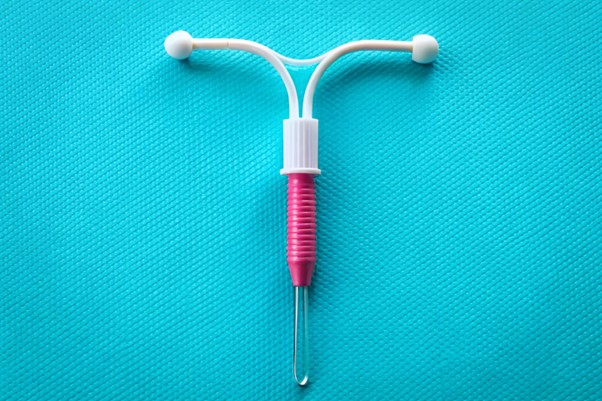What Is an Intrauterine Device (IUD)?
An intrauterine device, or IUD, is a small, T-shaped device placed inside the uterus. It helps prevent pregnancy. Many women choose IUDs because they are long-lasting and easy to use. In fact, IUDs are one of the most effective forms of birth control. According to the World Health Organization (WHO), IUDs are safe for most women. However, it is important to understand how they work and what to expect.
Types of IUDs
There are two main types of intrauterine devices:Copper IUD: This type uses copper to prevent pregnancy. It does not contain hormones. It can last up to 10 years.Hormonal IUD: This type releases a small amount of hormone called progestin. It can last between 3 to 7 years, depending on the brand.
Both types are placed by a healthcare provider. They work by stopping sperm from reaching the egg.
How Radiology Is Used to Assess IUD Placement and Complications
Sometimes, doctors use radiology to check if an IUD is in the right place. For example, after insertion, a woman may have symptoms like pain or heavy bleeding. In these cases, radiology helps find the cause. Radiology and IUD assessment go hand in hand for safety. If the IUD moves or causes problems, imaging can show its exact location. This helps doctors decide what to do next.
Common Symptoms and Warning Signs of IUD Issues
Most women have no problems with their intrauterine device. However, it is important to watch for warning signs. If you notice any of these symptoms, contact your doctor:Severe or lasting pelvic painHeavy or unusual vaginal bleedingFever or chillsUnusual vaginal dischargeMissing or shorter IUD stringsPain during sex
Early action can prevent serious complications. Always listen to your body and seek help if you feel something is wrong.
Diagnosis and Imaging Techniques
Doctors use several imaging methods to check IUD placement and diagnose complications. The most common are:Ultrasound: This is the first choice for IUD imaging. It uses sound waves to create pictures of the uterus. Ultrasound is safe and painless.X-ray: Sometimes, an X-ray is needed if the IUD is not seen on ultrasound. X-rays can show if the IUD has moved outside the uterus.
With these tools, doctors can quickly find and fix most IUD problems. According to the Centers for Disease Control and Prevention (CDC), imaging helps lower the risk of serious issues.
Safety, Risks, and Potential Complications
Intrauterine device safety is high for most women. Still, like any medical device, IUDs have some risks. Possible complications include:Device moving out of place (displacement)Perforation (IUD pokes through the uterus wall)Infection, especially soon after insertionHeavier or longer periods (more common with copper IUDs)Cramping or discomfort
However, most problems are rare. Regular check-ups and prompt care can help keep you safe. The CDC and WHO both state that IUDs are among the safest birth control options when used correctly.
Prevention and Lifestyle Guidance for IUD Users
To lower your risk of IUD complications, follow these tips:Attend all follow-up visits with your doctorCheck your IUD strings each monthReport any pain, heavy bleeding, or unusual symptoms right awayPractice good hygieneUse condoms to protect against sexually transmitted infections
With good care, most women use IUDs safely for years. If you have questions, do not hesitate to ask your healthcare provider.
Conclusion
In summary, intrauterine devices are safe and effective for many women. Radiology and IUD imaging help doctors ensure proper placement and catch problems early. If you notice any warning signs, seek help quickly. For the best results, follow your doctor’s advice and attend regular check-ups. Consult a healthcare specialist for personalized advice on intrauterine devices.


